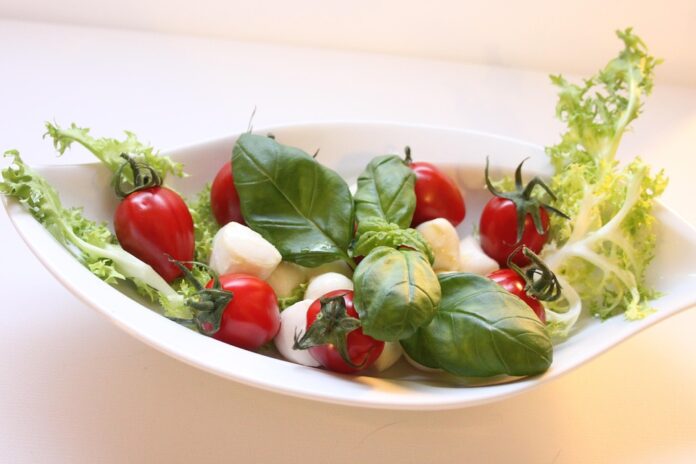The History and Origins of Balsamic Vinegar Explained
Balsamic vinegar is a popular condiment known for its rich, sweet, and complex flavor profile. It has a long history dating back to ancient times, with origins in Italy. In this report, we will delve into the history and origins of balsamic vinegar, exploring its evolution over the centuries.
History of Balsamic Vinegar
The origins of balsamic vinegar can be traced back to the region of Emilia-Romagna in northern Italy. The earliest references to balsamic vinegar date back to the Middle Ages, where it was used both as a condiment and for its medicinal properties. Balsamic vinegar was highly prized for its unique flavor and was often given as gifts to royalty and nobility.
One of the oldest and most famous producers of traditional balsamic vinegar is the Consorteria dell’Aceto Balsamico Tradizionale di Modena, a consortium based in Modena, Italy. This organization is dedicated to preserving the traditional methods of producing balsamic vinegar and ensuring its authenticity.
Traditional vs. Commercial Balsamic Vinegar
Traditional balsamic vinegar is made from grape must that is aged in wooden barrels for a minimum of 12 years, resulting in a thick, syrupy liquid with a complex flavor profile. This type of balsamic vinegar is highly prized and can be quite expensive, with bottles costing hundreds of dollars.
On the other hand, commercial balsamic vinegar is mass-produced using a combination of grape must, vinegar, and other ingredients. This type of balsamic vinegar is more affordable and readily available in supermarkets around the world. While it may not have the same depth of flavor as traditional balsamic vinegar, it is still a popular condiment for salads, marinades, and other dishes.
Financial Data and Industry Insights
The global balsamic vinegar market is growing steadily, driven by increasing consumer interest in gourmet and specialty food products. According to a report by Market Research Future, the global balsamic vinegar market is expected to reach a value of over $1.5 billion by 2023, with a compound annual growth rate of 5.3%.
Leading companies in the balsamic vinegar industry include Acetum, Giuseppe Giusti, Monari Federzoni, and Mazzetti. These companies produce a wide range of balsamic vinegar products, catering to different consumer preferences and price points.
Future Trends and Outlook
As consumer demand for high-quality and artisanal food products continues to rise, the market for traditional balsamic vinegar is expected to grow. Consumers are increasingly seeking out authentic and premium balsamic vinegar products, driving sales for traditional producers.
In response to this trend, some commercial balsamic vinegar producers are expanding their product lines to include higher-quality options that mimic the flavor profile of traditional balsamic vinegar. This diversification strategy is aimed at capturing a share of the growing market for premium balsamic vinegar products.
Conclusion
In conclusion, the history and origins of balsamic vinegar are deeply rooted in Italian culinary traditions. From its humble beginnings in the Middle Ages to its current status as a gourmet staple, balsamic vinegar has evolved into a versatile and beloved condiment enjoyed by people around the world. With a growing market and increasing consumer interest in premium products, the future looks bright for the balsamic vinegar industry.


